Table of Contents
The UNESCO Sites in Croatia have resulted from the recognition of 10 cultural and natural landmarks as UNESCO World Heritage Sites in Croatia and 15 locations on the Croatia UNESCO tentative list. These tourist sites in Croatia are acknowledged for their unique and valuable cultural, natural, artistic, and historic significance and are preserved for future generations to enjoy.
In addition to these 10 sites in the Croatia UNESCO list, there are many other places to travel to Croatia that are being considered for UNESCO recognition. These sites, listed on the tentative list, showcase the rich cultural heritage of the country and are waiting for approval to join the prestigious and famous World Heritage Sites list.
To help visitors discover these remarkable Croatia tourist attractions, we have put together an interactive map of the UNESCO sites in Croatia.
Croatia UNESCO Map
Click markers to show information and photo.
World Heritage Sites in Croatia
UNESCO World Heritage Sites in Croatia
There are 10 UNESCO World Heritage Sites in Croatia. All of these three sites are listed under the Cultural category.
- Episcopal Complex of the Euphrasian Basilica in the Historic Centre of Poreč
- Historic City of Trogir
- Historical Complex of Split with the Palace of Diocletian
- Old City of Dubrovnik
- Stari Grad Plain
- Stećci Medieval Tombstone Graveyards
- The Cathedral of St James in Šibenik
- Venetian Works of Defence between the 16th and 17th Centuries: Stato da Terra – Western Stato da Mar
- Ancient and Primeval Beech Forests of the Carpathians and Other Regions of Europe
- Plitvice Lakes National Park
UNESCO World Heritage Sites in Croatia are protected locations for their cultural and natural importance.
Episcopal Complex of the Euphrasian Basilica in the Historic Centre of Poreč
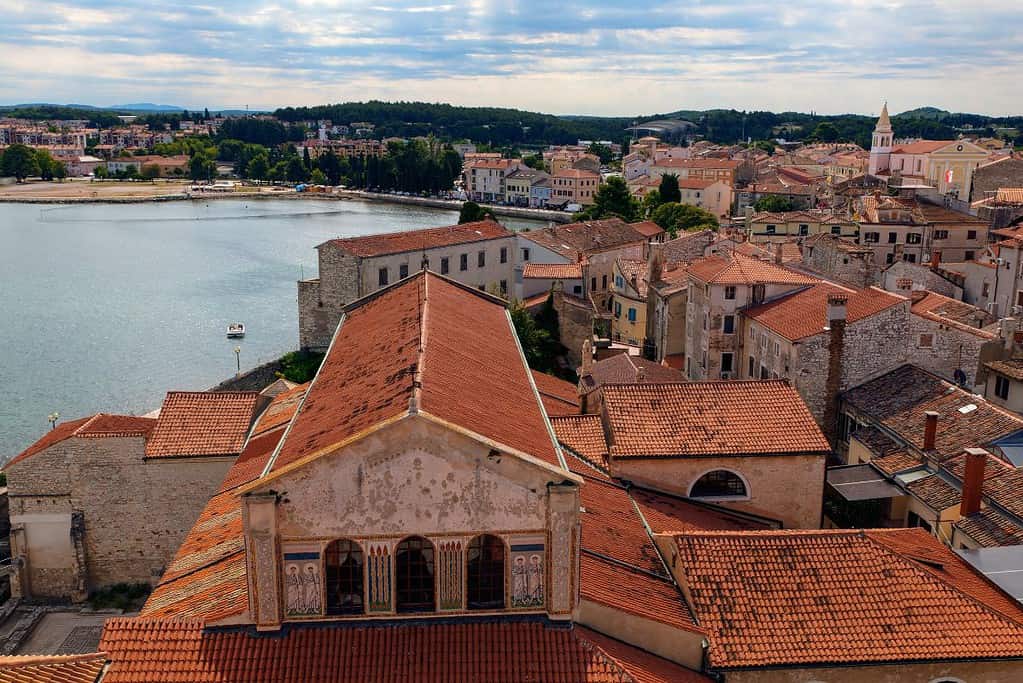
The Episcopal Complex of the Euphrasian Basilica is a UNESCO World Heritage Site located in the Historic Centre of Poreč, Croatia. It is a remarkable example of early Byzantine art and architecture, dating back to the 6th century. The complex consists of several buildings, including the Euphrasian Basilica, a grandiose church adorned with stunning mosaics depicting biblical scenes and ornate marble details. The site also includes a baptistery, a sacristy, and a bell tower, all of which contribute to this unique complex’s historical and cultural significance. Visitors to the Episcopal Complex of the Euphrasian Basilica can admire its exceptional architectural beauty and gain insight into the region’s rich religious and artistic heritage.
Historic City of Trogir
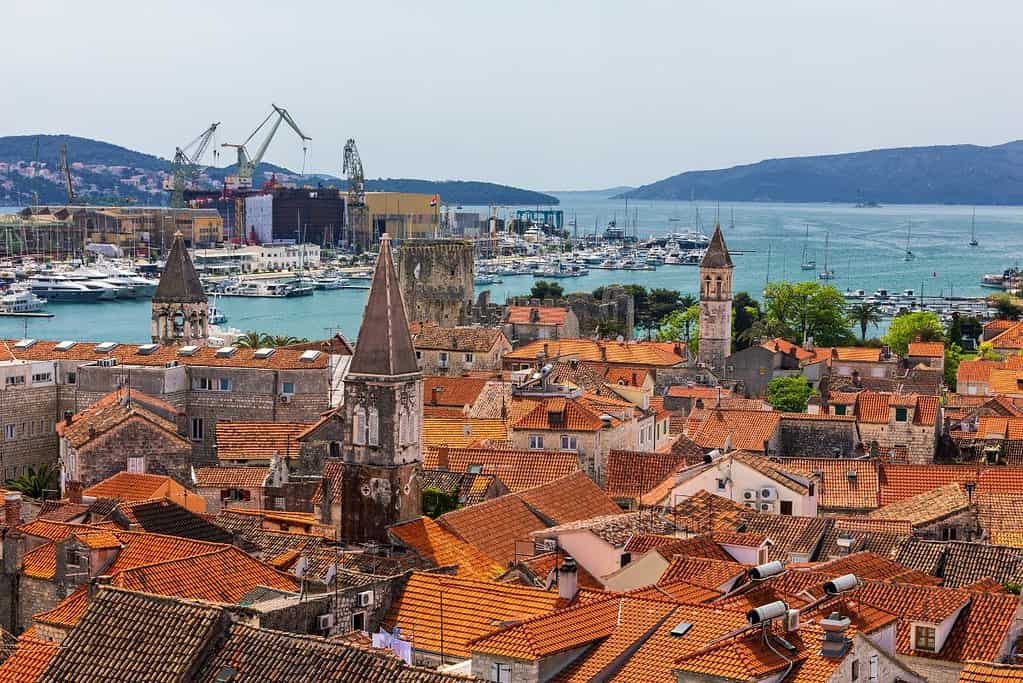
The Historic City of Trogir is a UNESCO World Heritage Site in Croatia. Situated on a small island between the mainland and the more oversized island of Čiovo, Trogir is a remarkable example of a well-preserved medieval town. It showcases a harmonious blend of various architectural styles, including Romanesque, Gothic, Renaissance, and Baroque. The city’s intricate network of narrow streets, stunning palaces, churches, and towers reflects its rich history and cultural significance. The Cathedral of St. Lawrence, the Kamerlengo Fortress, and the Cipiko Palace are notable landmarks that add to the city’s allure. The Historic City of Trogir stands as a testament to the skill and creativity of its past inhabitants, and it continues to captivate visitors with its timeless charm.
Historical Complex of Split with the Palace of Diocletian
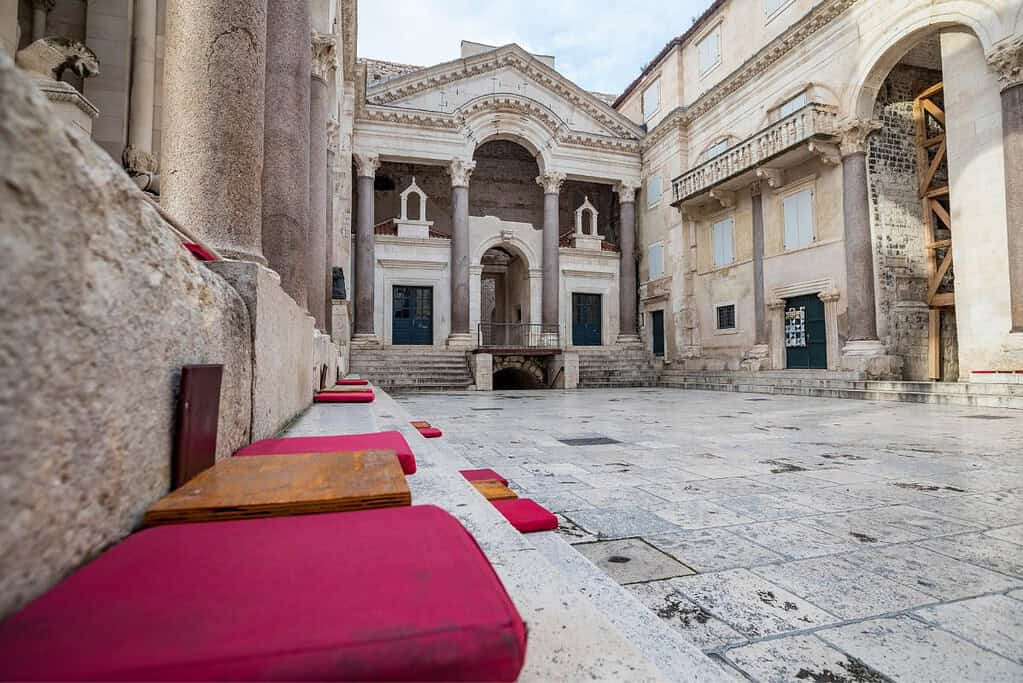
The Historical Complex of Split with the Palace of Diocletian is a UNESCO World Heritage Site in Split, Croatia. It is a remarkable testament to the Roman architecture and urban planning of the 4th century. The complex includes the majestic Palace of Diocletian, built as a luxurious residence for the Roman emperor Diocletian. The palace complex consists of various structures, such as grand halls, courtyards, temples, and residential buildings, showcasing a harmonious blend of Roman, Gothic, Renaissance, and Baroque styles. With its well-preserved architecture and rich historical significance, the Historical Complex of Split offers visitors a captivating glimpse into the ancient Roman civilization. It continues to be an iconic city symbol.
Old City of Dubrovnik
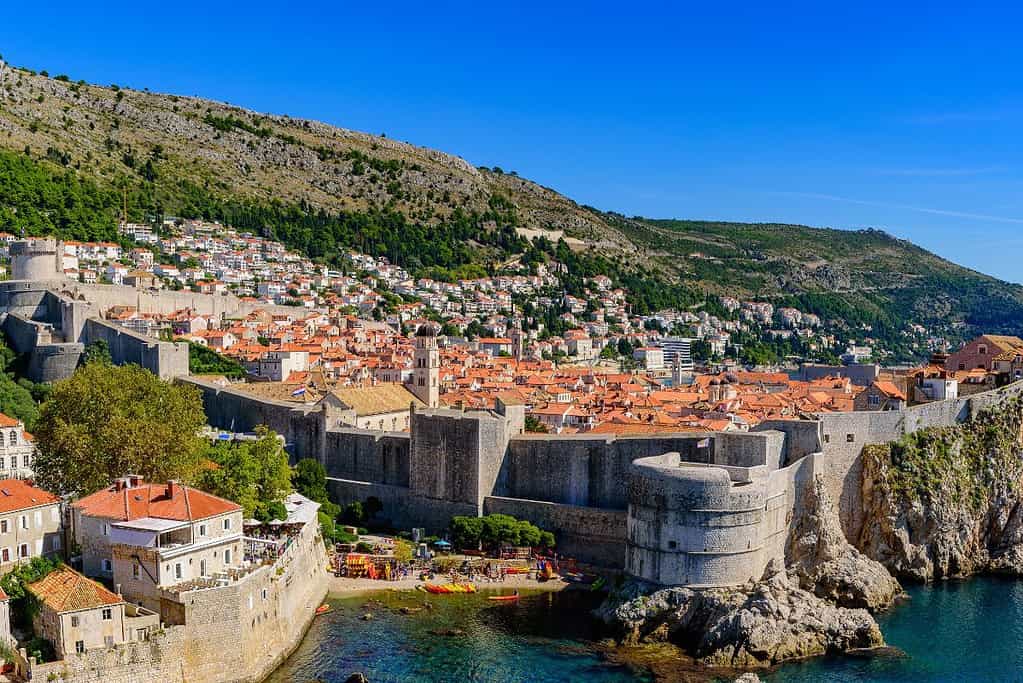
The Old City of Dubrovnik, located in Croatia, is a UNESCO World Heritage Site renowned for its remarkable historical and architectural significance. This beautifully preserved medieval city is nestled along the Adriatic Sea and surrounded by imposing stone walls. The Old City features a labyrinthine network of narrow streets and charming squares adorned with splendid palaces, churches, and public buildings that showcase a fusion of Gothic, Renaissance, and Baroque styles. Dubrovnik’s iconic landmarks, such as the magnificent Rector’s Palace, the stunning Cathedral, and the imposing Fort Lovrijenac, transport visitors to a bygone era, offering a captivating glimpse into its rich cultural heritage. The Old City of Dubrovnik continues to captivate travelers worldwide with its timeless beauty and captivating charm.
Stari Grad Plain
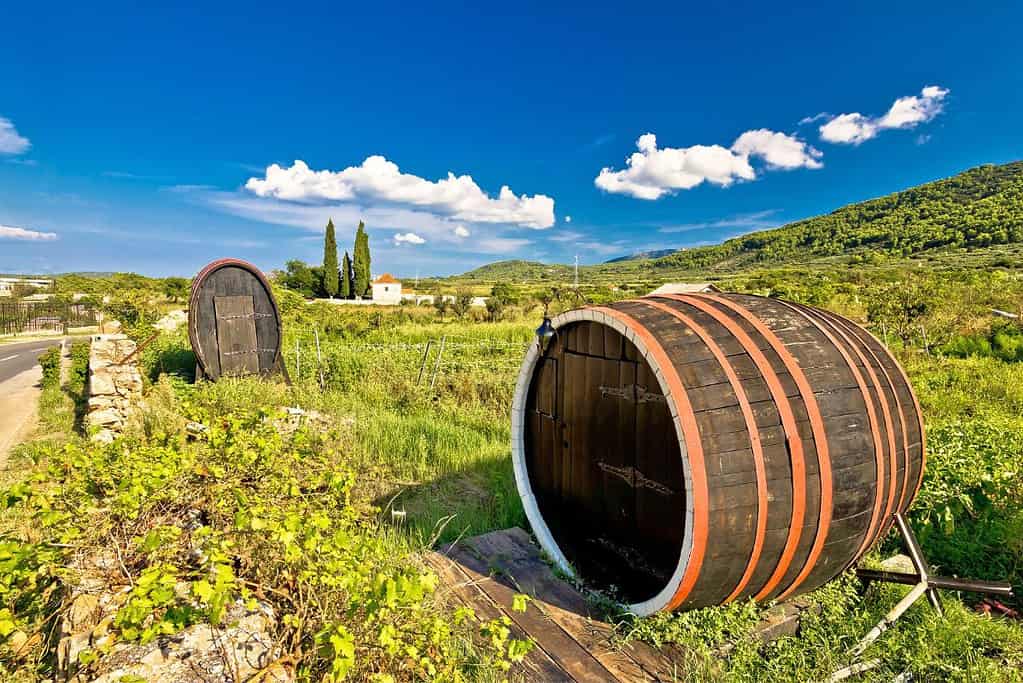
Stari Grad Plain is a UNESCO World Heritage Site located in Croatia. It is a remarkable example of ancient Greek agricultural colonization and is one of the best-preserved examples of its kind. The plan features a well-preserved layout of fields, stone walls, and ancient irrigation systems dating back to the 4th century BC. The agricultural landscape reflects the systematic division of land into parcels and showcases the sustainable farming practices employed by the Greek colonists. Stari Grad Plain is historically significant and visually stunning, offering a unique glimpse into the ancient agricultural heritage of the region.
Stećci Medieval Tombstone Graveyards
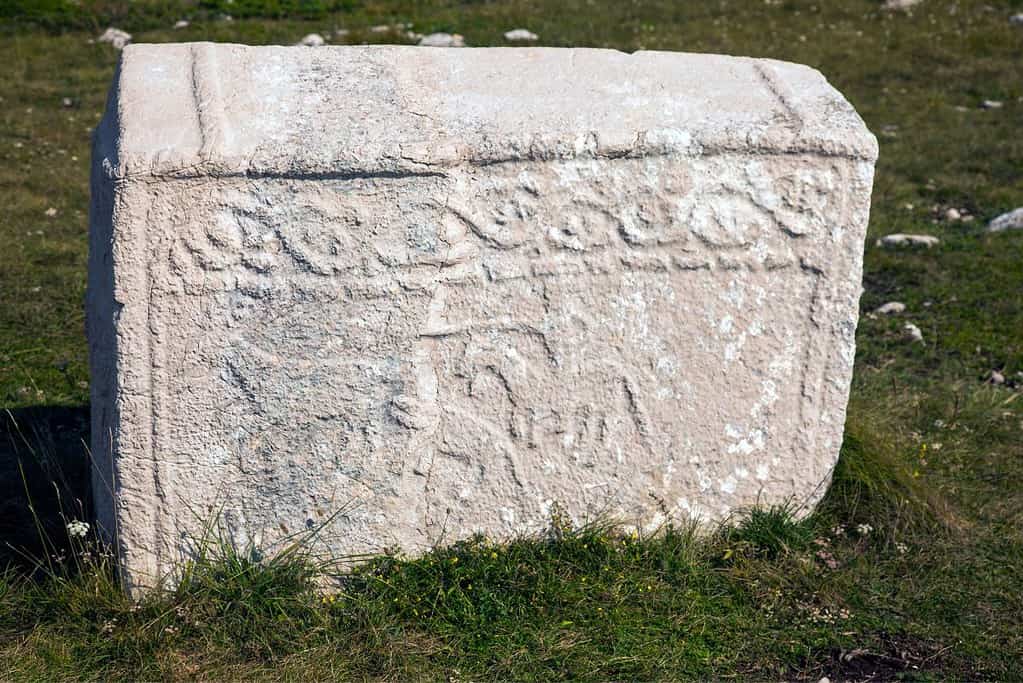
The Stećci Medieval Tombstone Graveyards are a collection of UNESCO World Heritage Sites in the Balkans, including parts of Croatia, Bosnia and Herzegovina, Montenegro, and Serbia. These graveyards are known for their unique and distinctive medieval tombstones, known as stećci, elaborately decorated with intricate carvings and motifs. These tombstone graveyards serve as a testament to the cultural and artistic heritage of the medieval period in the region, providing valuable insights into the lives, beliefs, and customs of the people who lived during that time. The Stećci Medieval Tombstone Graveyards is a captivating and historically significant site that attracts visitors worldwide.
The Cathedral of St James in Šibenik
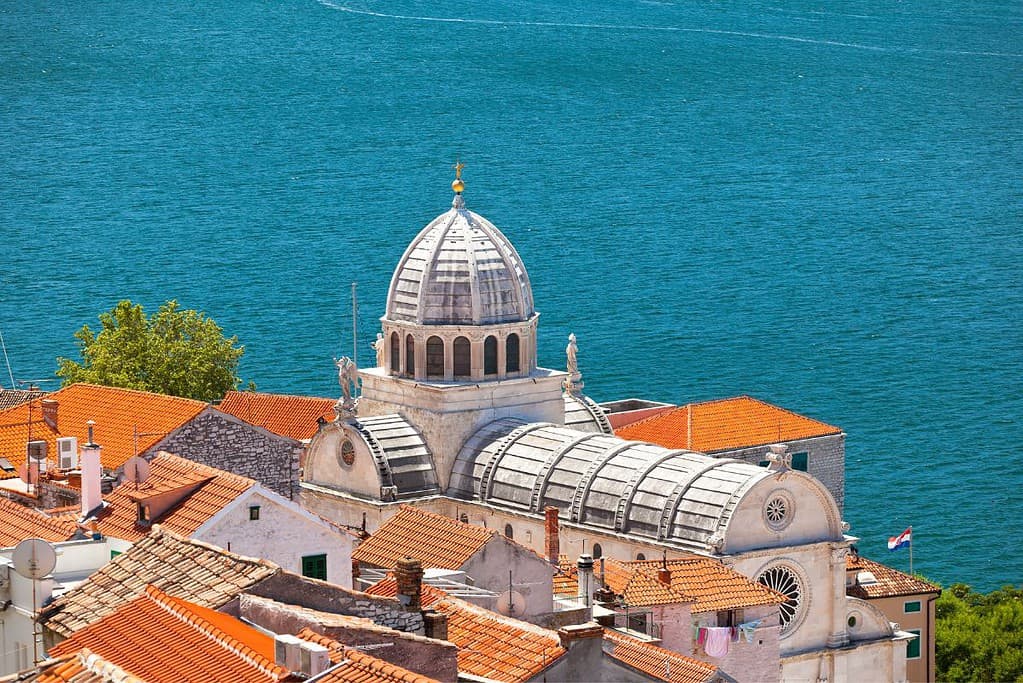
The Cathedral of St. James in Šibenik, Croatia, is a remarkable UNESCO World Heritage Site. It stands as a stunning example of Renaissance architecture and craftsmanship. This magnificent cathedral is built entirely from stone and showcases intricate details and impressive structural design. Its construction was led by renowned architects and sculptors of the time, resulting in a masterpiece that seamlessly blends Gothic and Renaissance elements. The Cathedral of St. James is not only a testament to the skill and creativity of its builders but also a symbol of cultural and historical significance in Šibenik and beyond.
Venetian Works of Defence between the 16th and 17th Centuries: Stato da Terra – Western Stato da Mar
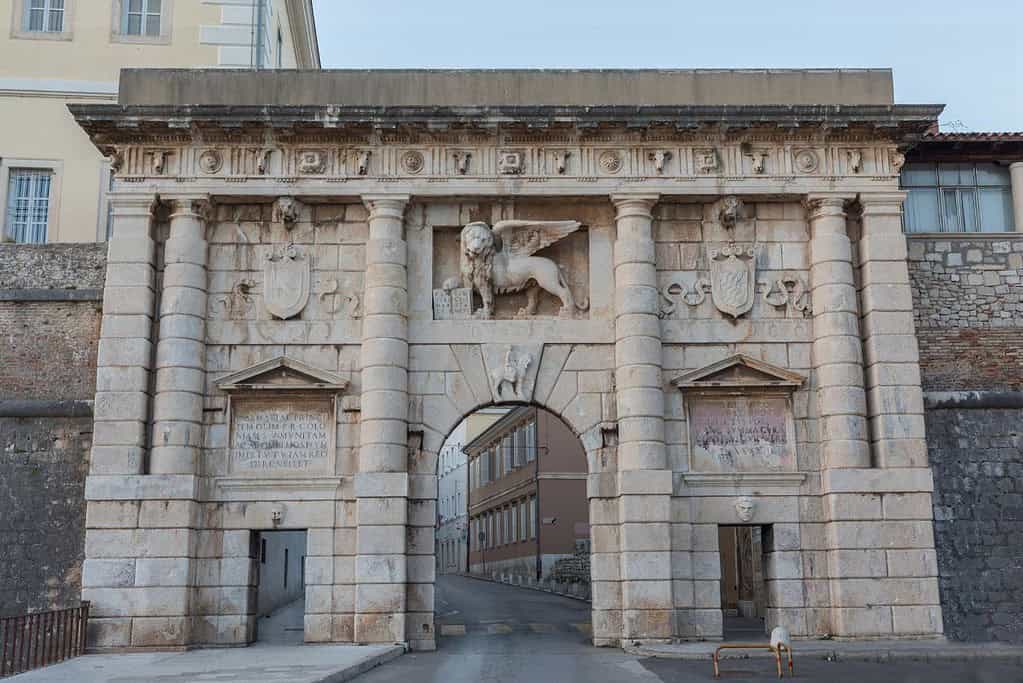
The Venetian Works of Defence between the 16th and 17th Centuries: Stato da Terra – Western Stato da Mar is a collection of UNESCO World Heritage Sites in Italy. These sites consist of a network of fortifications built by the Republic of Venice during the 16th and 17th centuries to protect its territories from external threats. The Stato da Terra comprises land-based defensive structures, while the Western Stato da Mar includes maritime fortifications. These impressive works of defense showcase the engineering and architectural expertise of the Venetian Republic during its heyday. They serve as a testament to the strategic importance of Venice and its determination to safeguard its territories.
Ancient and Primeval Beech Forests of the Carpathians and Other Regions of Europe
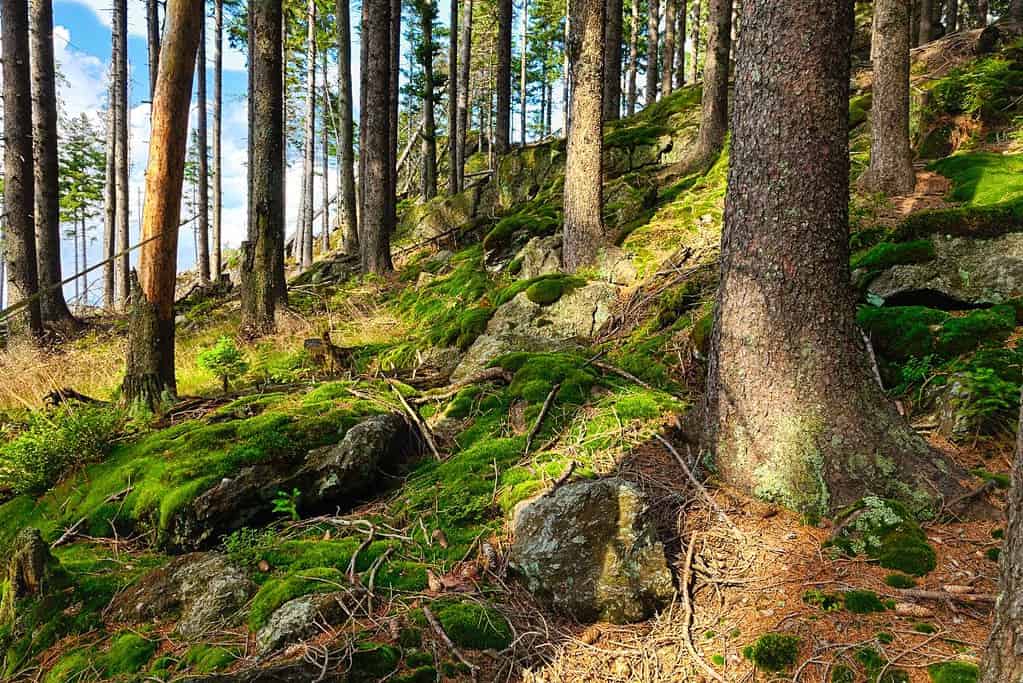
The Ancient and Primeval Beech Forests of the Carpathians and Other Regions of Europe are UNESCO World Heritage Sites spread across several European countries. These forests are considered exceptional examples of undisturbed, complex ecosystems preserved since prehistoric times. They provide a home to numerous rare and endangered species, including the European brown bear and the Eurasian lynx. These majestic forests are characterized by their ancient beech trees, some over 500 years old. The diverse flora and fauna within these forests contribute to their ecological significance, making them invaluable natural treasures that deserve protection and recognition.
Plitvice Lakes National Park
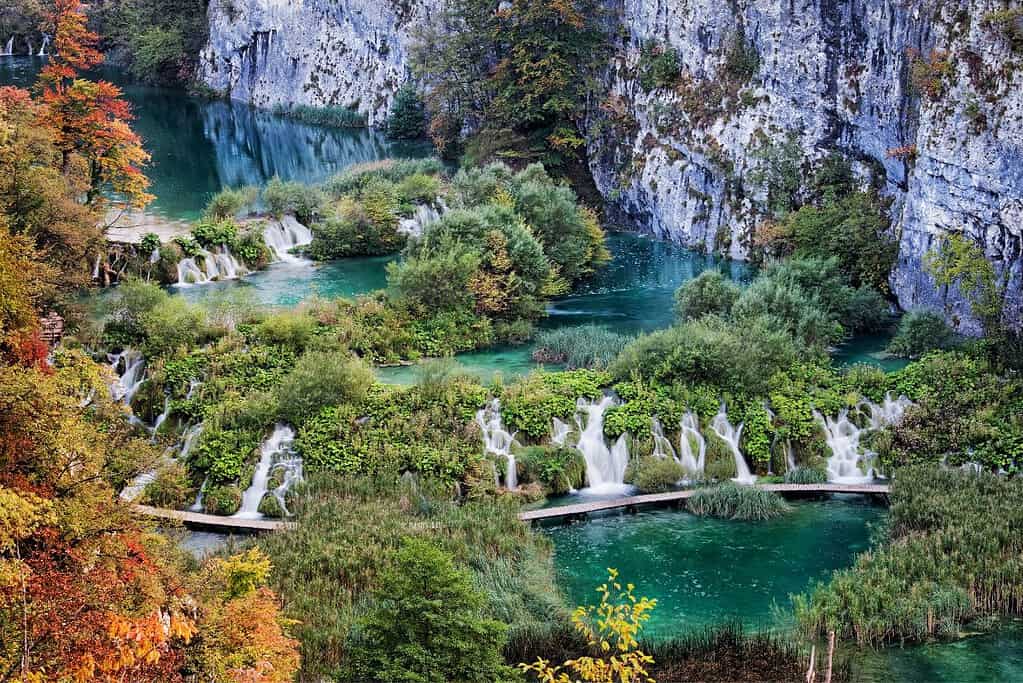
Plitvice Lakes National Park is a remarkable UNESCO World Heritage Site in Croatia. Nestled amidst lush forests, the park is renowned for its breathtaking natural beauty and stunning cascading lakes. The park features a series of terraced lakes interconnected by numerous waterfalls, creating a mesmerizing spectacle of crystal-clear turquoise waters. Visitors can explore the park through a network of wooden footbridges and pathways, allowing them to witness its vibrant flora and fauna up close. With its serene ambiance and unparalleled natural wonders, Plitvice Lakes National Park stands as a true testament to the splendor of nature.
Croatia UNESCO tentative list
- Zadar – Episcopal complex
- Historical-town planning ensemble of Ston with Mali Ston, connecting walls, the Mali Ston Bay nature reserve, Stonsko Polje, and the salt pans
- Historical-Town Planning Ensemble Tvrda (Fort) in Osijek
- Varazdin – Historic Nucleus and Old Town (the Castle)
- Burg – Castle of Veliki Tabor
- Lonjsko Polje Nature Park
- Velebit Mountain
- Diocletian’s Palace and the Historical Nucleus of Split (extension)
- Lubenice
- Primošten Vineyards
- Hermitage Blaca
- City of Motovun
- The historic town of Korčula
- Kornati National Park and Telašćica Nature Park
- Frontiers of the Roman Empire – The Danube Limes
Tours in Croatia
Our choices of tours in Croatia are divided into thematic features such as Dubrovnik, Split, and Plitvice Lakes National Park Experience.
